Exploring Plant-Based Oxygen Solutions for Space Missions
Written on
Chapter 1: The Role of Plants in Space Oxygen Generation
A question recently posed by one of our subscribers was: "Are plants utilized on space stations to maintain oxygen levels? How feasible is it to use plants for this purpose?"
To answer the first part of the inquiry, the response is quite clear: currently, plants are not employed for oxygen production in space, and to my knowledge, they never have been. While the concept of harnessing photosynthesis to support oxygen needs on a space station seems sensible, its practical application presents significant challenges.
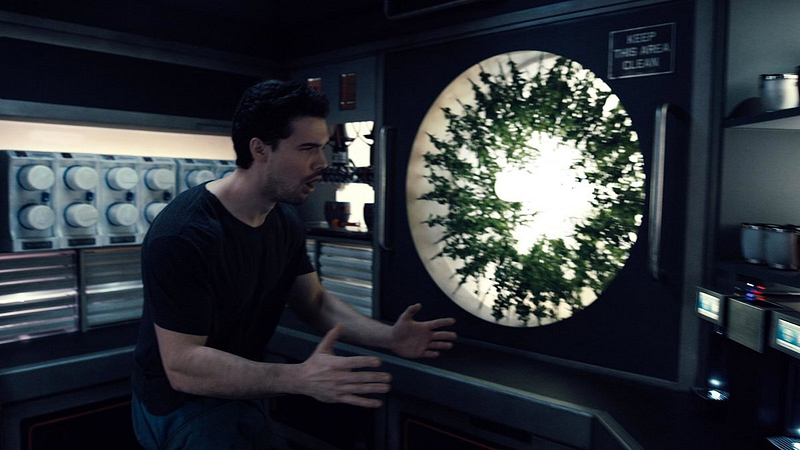
For instance, calculations indicate that around 10,000 leaves are necessary to supply oxygen for a single individual via photosynthesis. Considering the International Space Station (ISS) hosts a crew of six, it would require approximately 60,000 leaves. Unfortunately, growing large trees on the ISS is unfeasible, meaning these leaves would likely need to originate from smaller plants, like tomatoes.
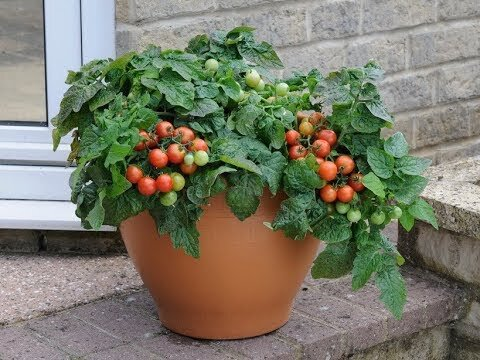
Typically, a tomato plant produces about 30 leaves, leading to the conclusion that the ISS would need around 2,000 tomato pots. This scenario brings to mind Mark Watney from the film "The Martian," who famously managed his potato garden under extreme conditions.
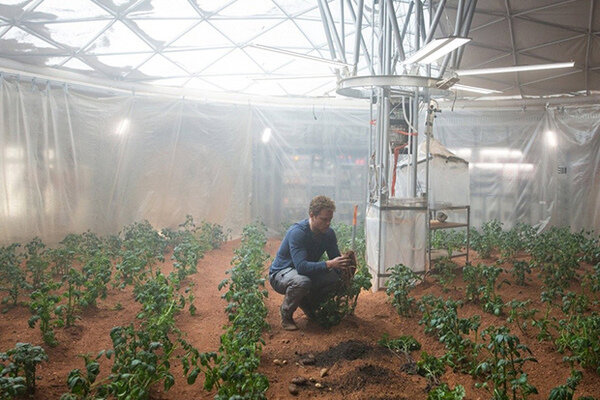
Photosynthesis is also dependent on light, which poses another challenge since natural sunlight cannot be relied upon. The ISS is in sunlight only 50% of the time, and its limited windows are often blocked, resulting in minimal light penetration into the station.
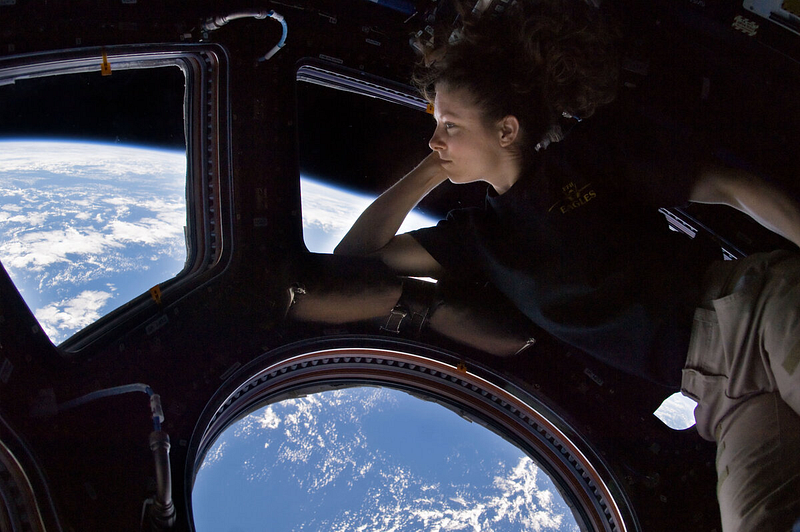
While artificial lighting could be employed, this would necessitate additional energy and a means of dissipating the heat generated by these lights. Moreover, sourcing water, soil, and nutrients (fertilizers) for the plants poses further complications. It’s essential to consider that the crew would need to devote significant time to plant care, detracting from their primary scientific endeavors.
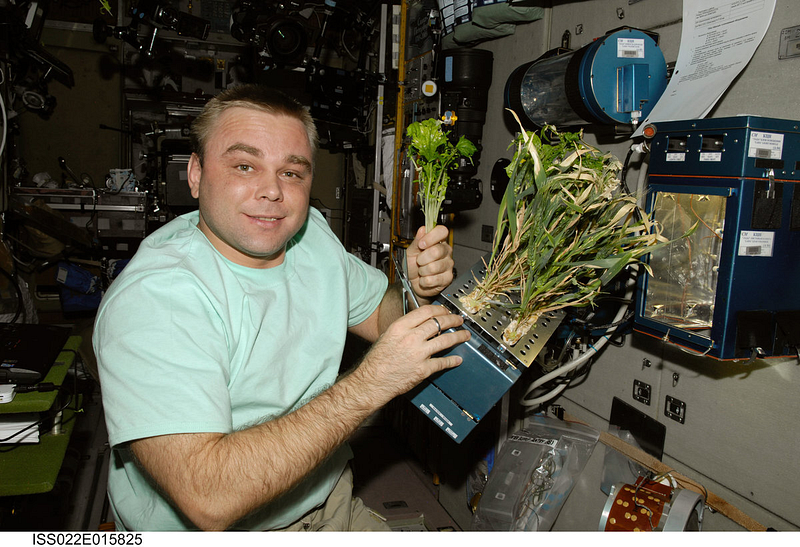
However, there is a promising alternative. In the 1960s, the USSR carried out a series of experiments known as BIOS-1, BIOS-2, and BIOS-3 to develop closed ecosystems. During the BIOS-1 experiment, 20 kilograms of chlorella (a type of green algae) successfully provided sufficient oxygen for one person, all contained within an aquarium of just eight cubic meters.
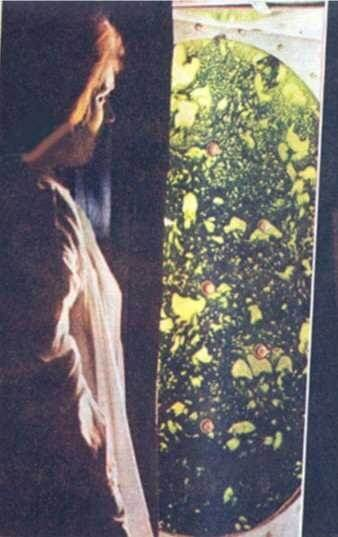
In theory, a sufficiently large algae farm could meet the oxygen demands of the ISS crew or other space habitats. Subsequent experiments in both the USSR and the USA (Biosphere-1, Biosphere-2, etc.) have shown the feasibility of establishing a closed, self-sustaining ecosystem capable of oxygen production.
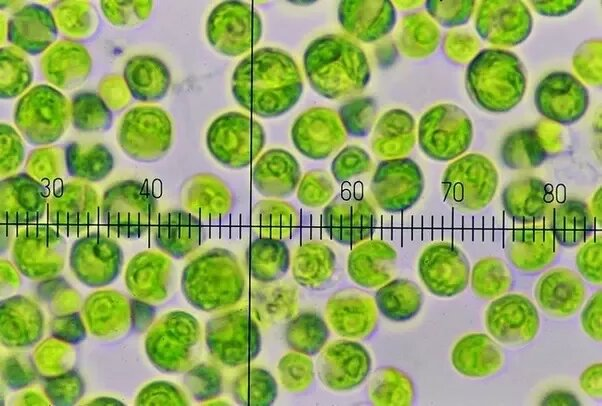
Nonetheless, the implementation of algae tanks on the ISS for oxygen provision remains impractical. Given Earth's proximity, it is relatively easy to replenish oxygen supplies, and depending on plants that require meticulous care could jeopardize reliability. An algae system may not be as dependable as a compressed oxygen tank. However, algae could serve as an invaluable renewable oxygen source for long-duration missions to other planets, as well as for potential colonies on Mars, the Moon, and beyond.
The first video titled "How many plants do you need to breathe? TESTED" discusses the necessary number of plants for oxygen generation and can provide further insights into this topic.
The second video, "Oxygen Not Included - Tutorial Bites - Rocketry (Spaced Out DLC)," offers a tutorial on managing oxygen in space environments and illustrates the challenges faced in maintaining life support systems.
Clap if you want to see more articles about space in your feed!
Subscribe to our channel and feel free to ask your questions, which I’ll address in future articles.
If you appreciate my work, consider supporting me by becoming a member of Medium for just $5 a month, helping us create even better content.